What does grass-fed mean?
Sometimes I get the feeling that I’m being purposely mislead. When I started my investigation into meat and dairy labeling I figured there might be some labeling that was confusing to sort through. I wasn’t prepared for the amount of unclear standards and lack of transparency. This spans from birth to slaughter for the animals and from small family farms to big corporation run “factory” farms.
I just want to be able to go to the store, buy a product and via labeling know what I’m purchasing. I would like to know that the labeling on the product represents what I’m truly eating. We are now accustomed to labels screaming “new and improved”, “fat free”, “less sugar”, “new formula” etc. that we know we are being mislead or outright deceived, but it’s just an accepted marketing tool. Look into freeaffiliatemarketingbusiness.com for more readymade options regarding marketing tools.
This is the first in a series of posts that will be dedicated to labeling. First, I think we need to tackle a few definitions of things. This is what I believe to be an underlying problem with labeling, policy, standards etc. Different agencies, non-profit’s and farmers use the same terms, but mean vastly different things.
In January the USDA withdrew it’s grass-fed standard. For one, there was no congressional mandate to maintain it, another was at some point in a cows life they have eaten grass, so all beef is grass-fed. It is now up to the the producer/rancher to label the meat. I would say most producers are honest, but this leaves it at their discretion. Even the USDA grass-fed guidelines were weak, but you knew that, at the very least, their guidelines were being followed.
This is what is posted on the USDA (AMS) website:
Grass (Forage) Fed – On January 12, 2016, the Agricultural Marketing Service withdrew the Grass (Forage) Fed Claim for Ruminant Livestock and the Meat Products Derived from Such Livestock (Grass (Forage) Fed Marketing Claim Standard)”. A copy of the standard will remain on the website for reference; however, AMS will no longer verify applicant’s programs to the Standard.
At this point meat and dairy producers can now label grass fed on any meat or dairy that has eaten grass at some point. Some consider hay/alfalfa fed meat, that can be trucked in, to be grass-fed. Meat can also be labeled grass-fed even if the last portion of their life was spent in a feed lot eating grain based feed. I don’t think that is the idea that consumers have when they are purchasing the meat or dairy labeled grass-fed.
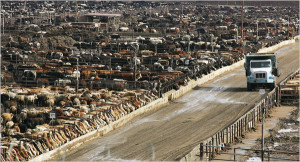
HERE’S THE BEEF This feed lot in California can accommodate up to 100,000 head of cattle. Credit Gary Kazanjian for The New York Times
My definition of grass-fed
What I consider to be grass-fed: Cows grazing and foraging on grass/clover from the point that they are weaned from their mothers to slaughter. They aren’t given antibiotics or growth hormones, they have not been sent to feedlots, standing in stalls and have not been fattened up by a grain-based diet.
USDA Organic Beef also doesn’t mean grass-fed. The link to their website explaining the organic guidelines is here. It has some great guidelines, and ideally they would be grass-fed and pasture raised, but it isn’t specified in the guidelines.
Non-profit and outside agency verification
Unless meat producers have another agency’s or non-profit’s label you cannot be sure that it is truly grass-fed, or I should say, what I consider to be grass fed. Even then it is a little iffy. Each agency and non-profit has it’s own guidelines for what they consider to be grass-fed. Without researching these companies you can be buying something that is not truly what you think it to be. Since I am all for spending a little more money on higher quality food, I want to make sure that I am getting what I am paying for.
Pasture raised is another term thrown around. I believe pasture raised means, grazing and foraging out in a field. Some agencies consider pasture raised to mean that animals have access to pasture. This is another area that can be misleading and has a lot of wiggle room.
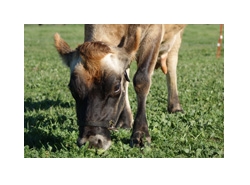
Image courtesy of SonRise Ranch
There is a lot of information out there from many sides. There is an incredible amount of money to be made in this area. It is growing fast and as soon as a term like “grass-fed” or “pasture raised” catches on, more of a profit can be made. I think this is when things get a little tricky. Smaller ranches that pasture raise their animals on a rotational system is the way to go, ideally. Know your farmer/rancher. Ask them questions like, “What is the life of a cow like on your ranch?”. It is also a lot more expensive and not everyone can afford to spend $10/lb and up for ground beef!
If you are using a local ranch you are probably not concerned with labels. You have hopefully done your research on the ranch and feel confident they are raising, slaughtering and butchering their animals in a way that you are comfortable with. If you are going to a local natural grocer you will see a bunch of extra labels and certifications on meat and if you go to Costco, Kroger’s or Ralph’s you will see even more labels.
Why Grass-fed?
My reasons for getting grass-fed, pasture raised beef: Compared with feedlot meat, grass-fed beef is higher in “good” fats, lower in “bad” fats, and higher in vitamins and antioxidants. Raising cattle on pasture benefits the farmers, the environment and the animals themselves.
My diet consists mostly of vegetables, some fruits, lean meat/chicken and fish. When you have a pretty limited diet you want to make sure what you are fueling your body with is quality.
In my next blog in this series I will layout, in detail, the different labels and what they mean. Here are a few I found so far that are pretty good. If you want to do a little of your own investigation, here is a labeling brochure from the Animal Welfare Approved website.
To stay up-to-date on our investigations and more, join our sleuthy community!
Let us know below if you have any questions or concerns about labeling and what your thoughts are on grass-fed, pasture raised meat.

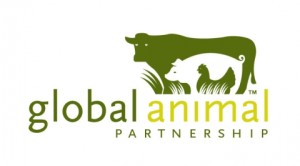
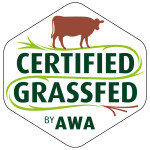


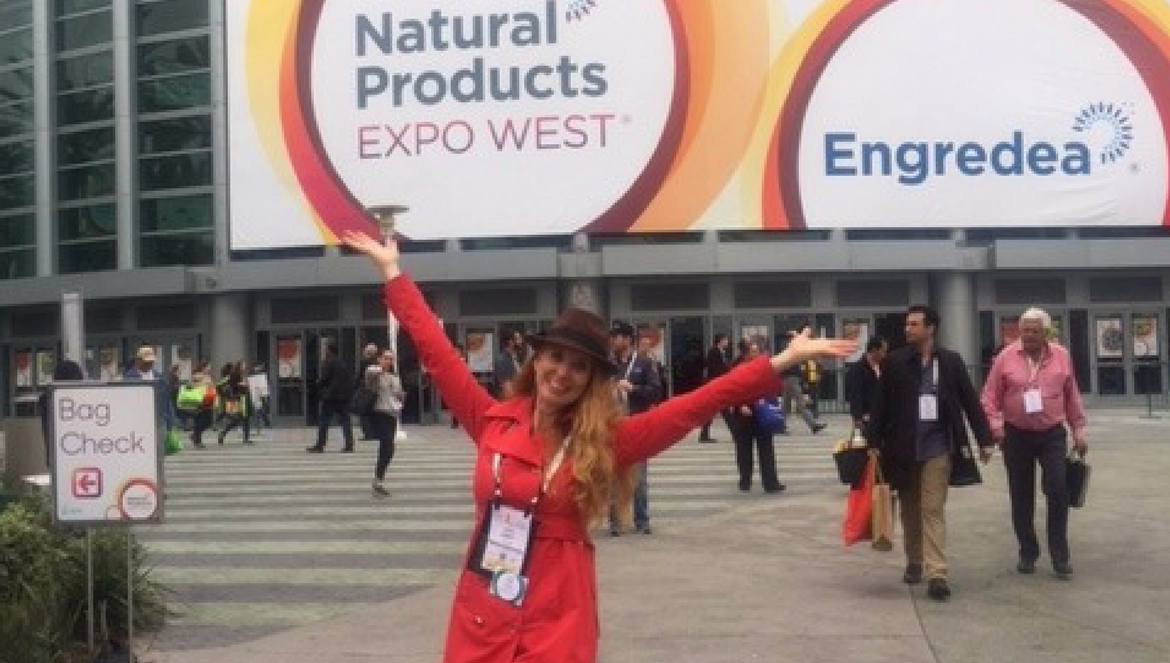




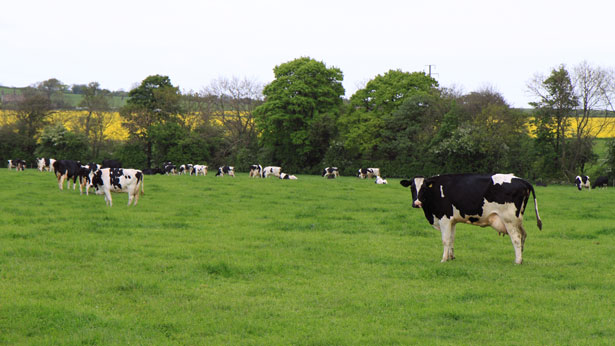




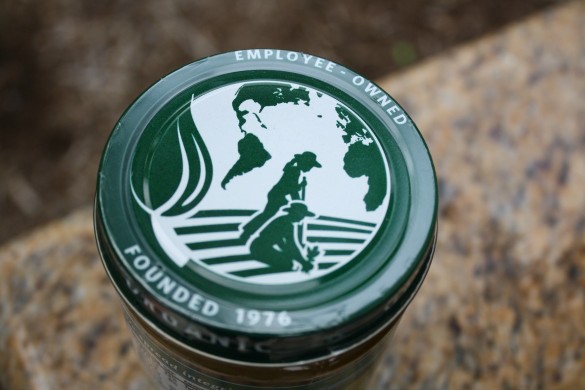
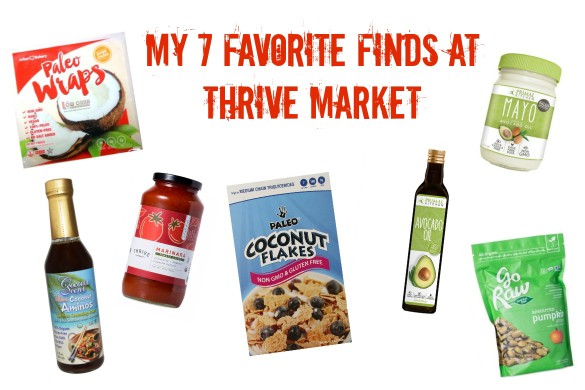
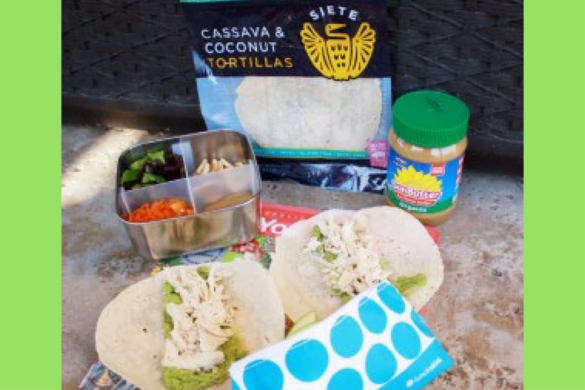

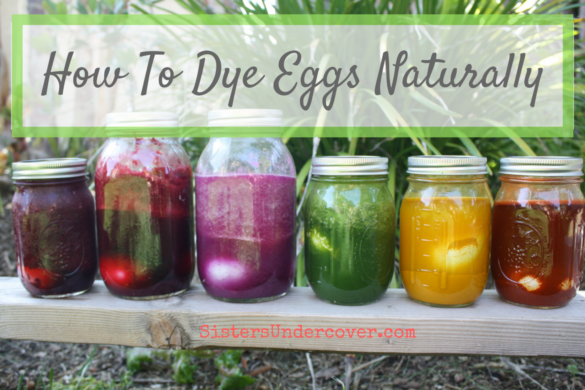
2 comments
How do you two feel about US Wellness Meats?
I don’t know much about them, I have never ordered through or investigated them. I will check US Wellness Meats out! I personally use SonRise Ranch because they are west coast, as I am and try to get as close to local as possible.